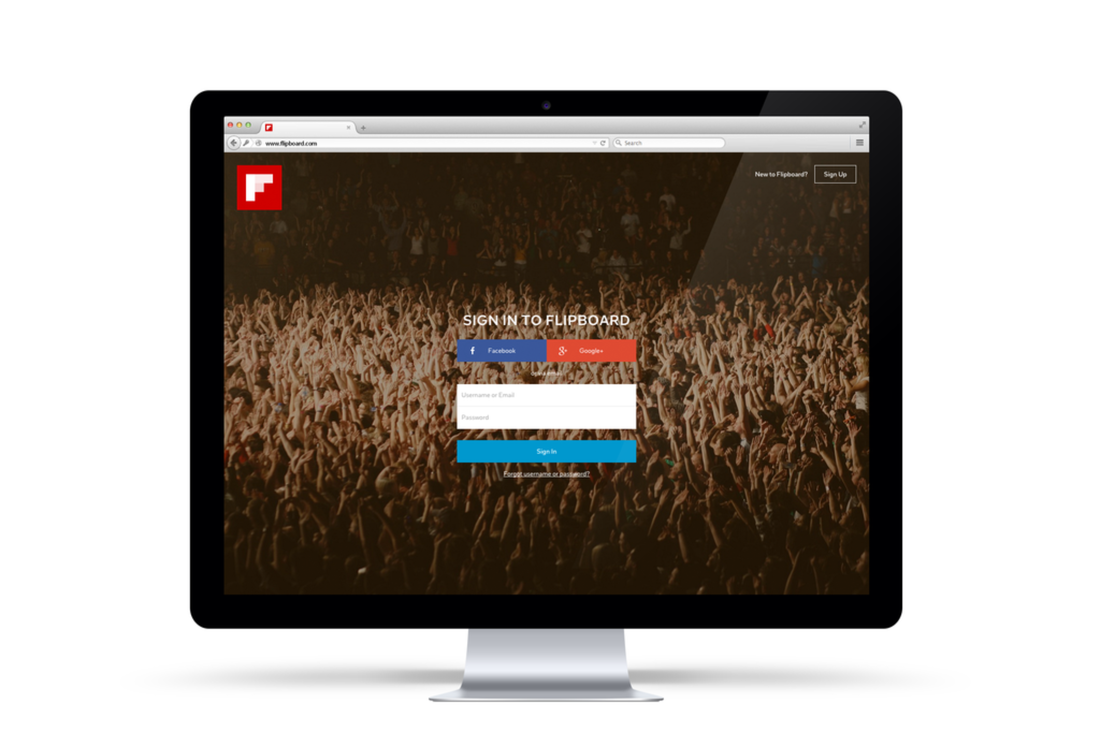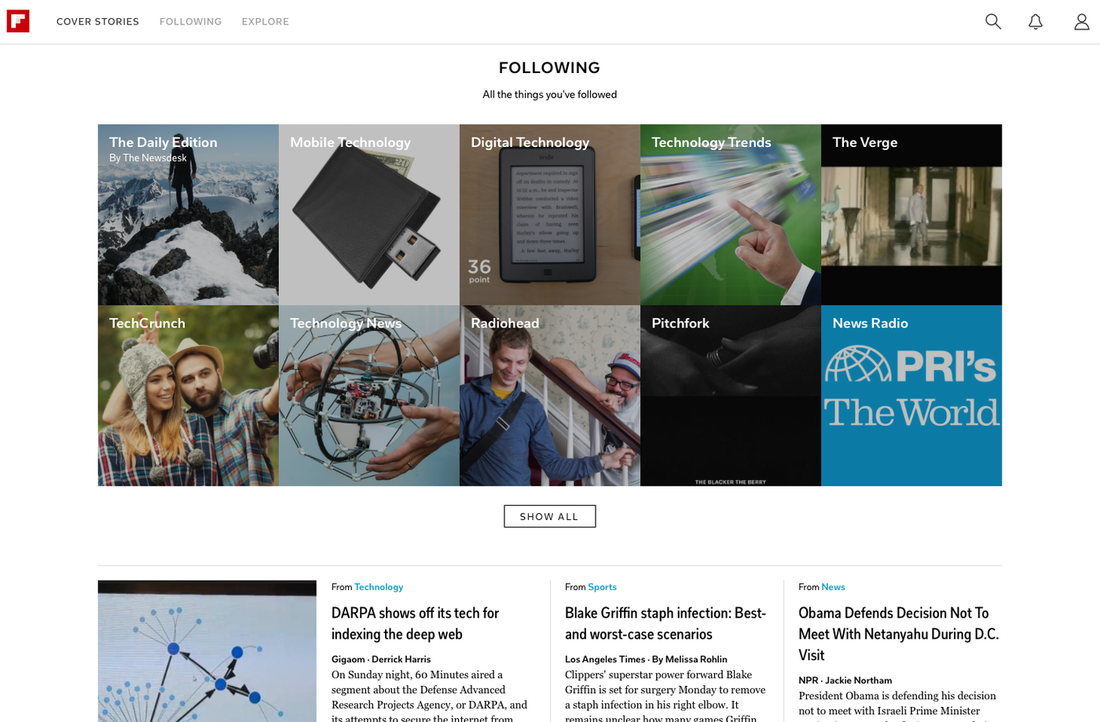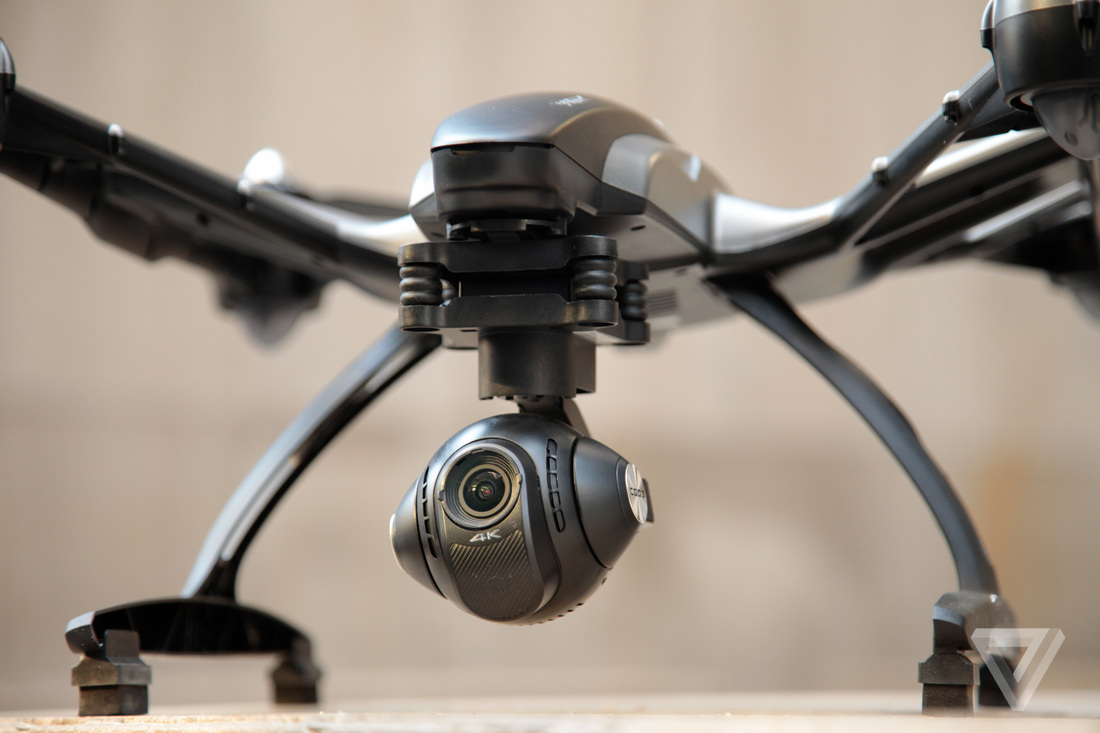"THIS IS A VERY RETRO THING WE'RE DOING."
When you log in to Flipboard on the web, the first thing you’ll see are your "cover stories," the day’s big news, as sorted by Flipboard. (This assumes you already have an account; if you don’t, the app will help you pick some topics to get started.) Scroll down the page and you’ll see stories from the people, publications, topics, and Flipboard magazines that you follow. Stories are arranged in a nicely varied grid that alternates between small clusters of stories and big, full-bleed photos. Click an individual link and it opens the original web page in its own tab. Or you can "flip" the story into your own magazine; Flipboard says its users have created 15 million of these collections, up from 10 million magazines in October. And you won’t find just text articles: Flipboard embeds videos and sound clips as well.
More distressingly, with Flipboard you also lose the vibrant editorial voice of individual magazines. A good magazine gains power from which stories it writes and photos it publishes, and guides you through them with confidence and purpose. In Flipboard’s hands, however beautiful the whole may look, your favorite magazines are reduced to an undifferentiated slurry of content. "A lot of the things that people who put together magazines think about, we’re trying to do at scale through algorithms," McCue says. Good luck with that.
For now, Flipboard for the web won’t carry ads, though that’s the eventual plan. In the meantime, the company is hoping that the web will help it draw millions of more users. Hosting links to stories on Flipboard.com will help draw in readers through search results, McCue says. And everything on Flipboard can be shared on social networks. "We think there’s a whole bunch of people there that we haven’t really tapped into," he says. The desktop web’s best days may be behind it, but Flipboard is betting there’s a big future in it.






